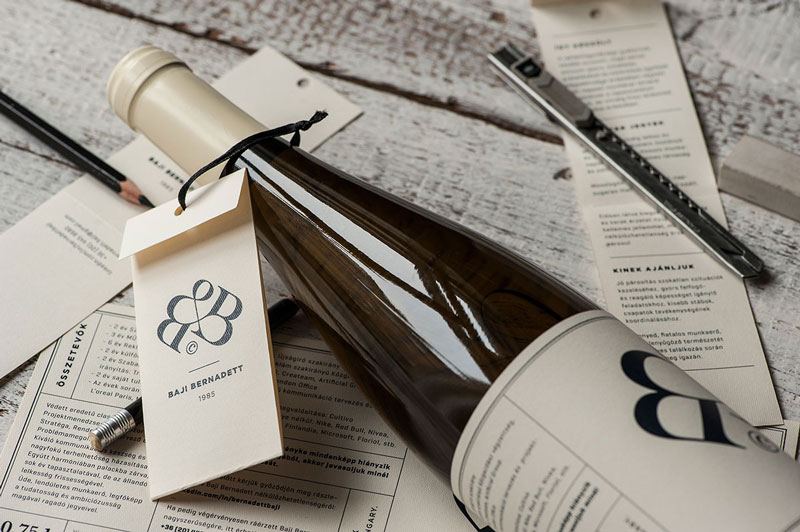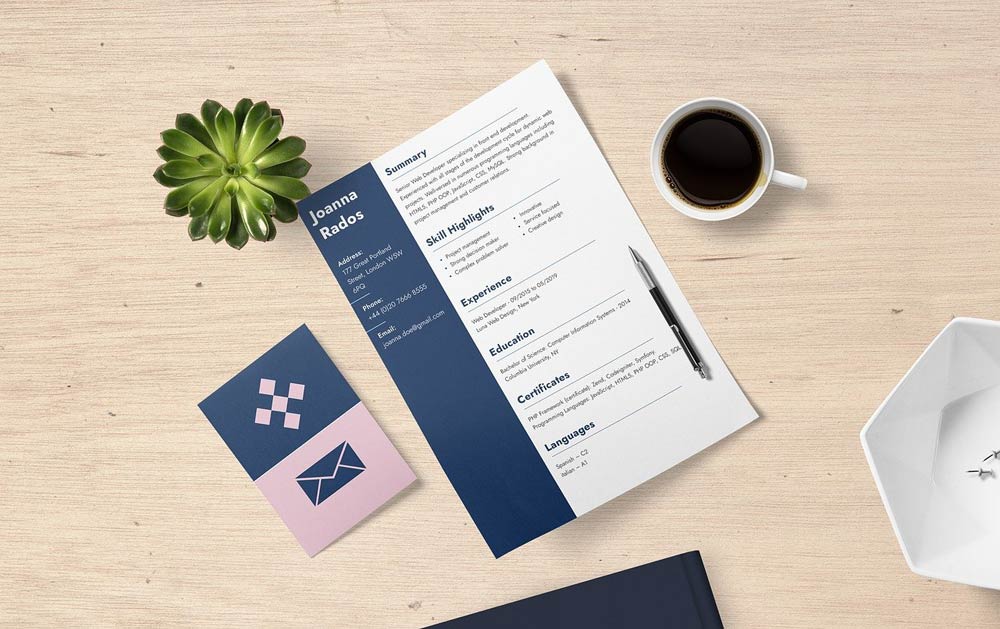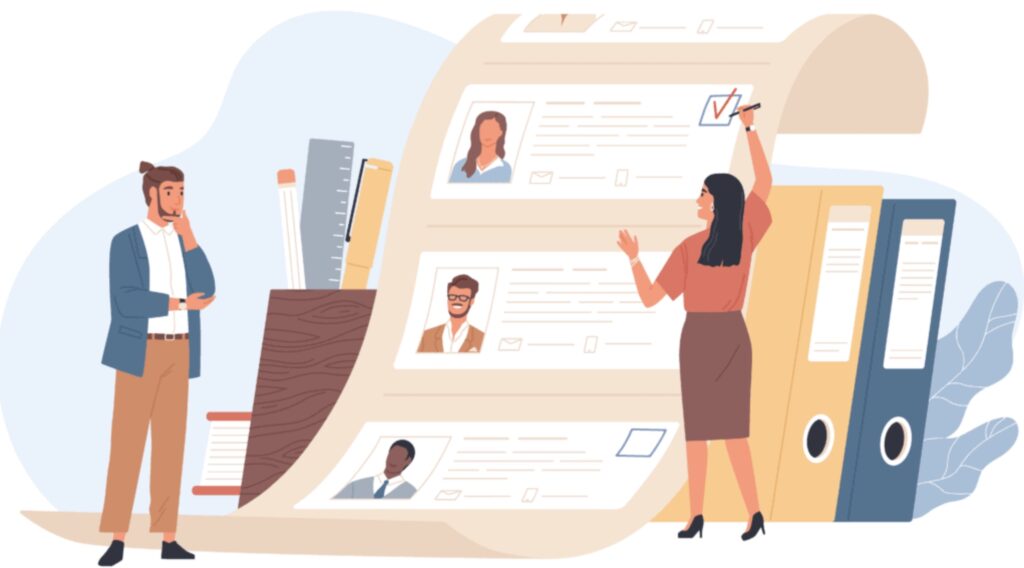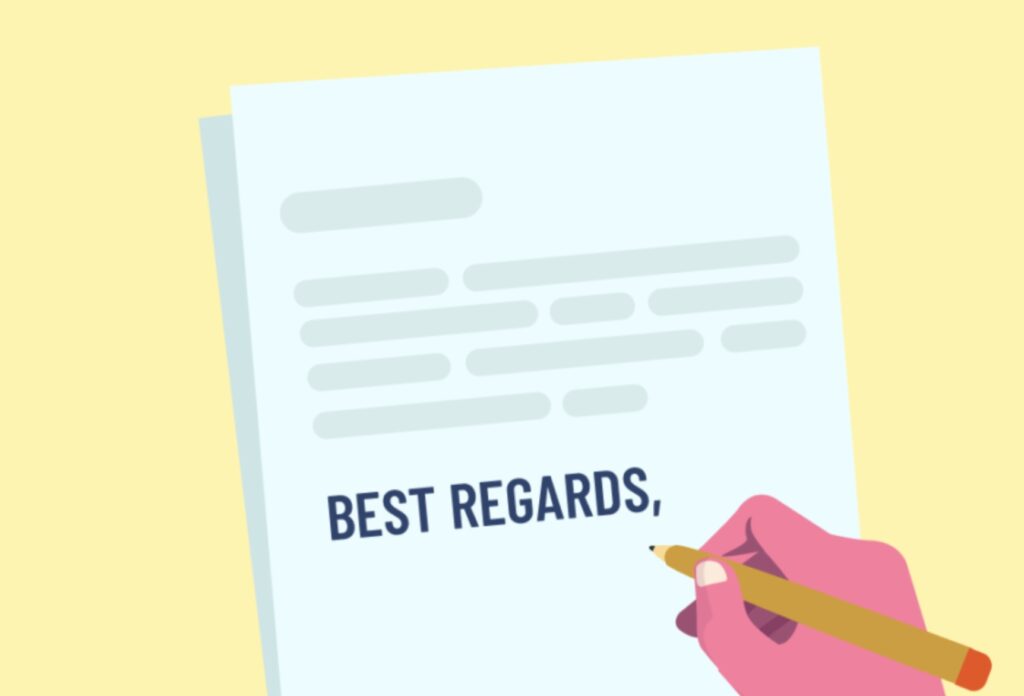Which resume example is most acceptable for each candidate? There are numerous resume examples to provide to a potential employer. This isn’t to say that you should tailor your resume to any of these categories. But it is important to understand that not all resumes are acceptable for all job searches. As a result, in this article, we’ll show you numerous resume examples and explain which one is suitable for your particular situation.
Which one is right for me?
It is advisable to have multiple resumes, as we discussed in this post. In this regard, the first exercise we recommend is to consider what kind of searches we will conduct and to create a CV for each of these positions.
In general, any professional may be interested in at least two or three sorts of job searches. You may then make minor changes to any of your resumes before sending them out if necessary.
For example, a lawyer may be looking for a job in a law company while also wanting to teach. These are two very different types of resumes, because the one must focus on legal experience, whilst the second must emphasize academic achievements. The key distinctions will be in what you choose to highlight, even though they are likely to have quite comparable information.
Examples of a resume
An example of a chronologically organized resume.
How it works: A chronologically arranged resume lists work experience and studies in the order in which they were completed. This is especially helpful for a temporary applicant because it allows you to see how each thing is completed. It’s an example of a perfect CV for someone who has recently entered the workforce and can stand out if they demonstrate some growth. For example, if he had a junior position first and then obtained a job with more seniority.
This form of CV can be sorted in any order, from most current to oldest. In general, it’s a good idea to start with the most recent experiences. As they’re likely to be the most impactful.
Should include personal and contact information, as in other types of CVs.
When it comes in handy:
- Candidates with little or no previous experience.
- Candidates in their early twenties.
- Candidates who can demonstrate a progression in seniority.
A resume example that combines chronological and functional information.
The situation is as follows. Professional experience is organized in this resume sample using two variables: dates and the hierarchy or seniority of each function. In this sense, it is possible to group those jobs that are more junior on the one hand. And those with greater responsibilities on the other. Within each of these groups, arrange the information chronologically.
This resume example demonstrates the candidate’s diverse skills, revealing him as a person who can work in a range of hierarchies. It’s especially advantageous for persons who have advanced to a high level of seniority in one area yet desire to change careers. This is in response to the fact that it demonstrates to the employer that they are in front of a candidate who can be “a whole-court player” with a strong desire to learn.
When it comes in handy:
- When the candidate worked in a variety of capacities.
- When a candidate is wanting to make a career change.
An impressive resume
It’s not uncommon to come across examples of creative resumes that wow with their presentation or design. The CV of a candidate who opted to turn his professional experience into a wine label is an excellent example of a creative resume. This is an extreme example of a resume that aims to catch your potential employer’s attention and set you apart from the competition.

As noted in the example, a creative cv can come in a variety of formats. It could be a wine label, a film, or a beautifully prepared PDF document.
This sample resume is perfect for professions that require creativity as one of the desired qualities. It’s also important when there’s a large candidate pool in your search and you need to make a strong initial impression to get beyond the recruiter’s primary filter.
A creative resume is not appropriate for any job application or professional position. In this regard, consider two variables. The first consideration is the level of formality that the position you are seeking requires. Trying to “surprise” with a unique CV can backfire in some situations. Secondly, it is advisable to investigate the culture of the company to which it is being applied..
Is it a corporation that strives for innovation and strives to enhance its structures on a continuous basis, and where creativity is a need to join? Or, on the contrary, do formalities and extremely rigid structures haunt the company you are dealing with? If you’re in the second situation, it’s a good idea to look at more traditional resume options.
Examples of when a creative resume is useful
- For corporations enthusiastic of innovation.
- To be considered for creative positions.
- For firms with a large number of candidates, standing out in the first round is a requirement.
The importance of a presentation letter
It is critical that you include a cover letter with your resume, regardless of the resume example you use. Your potential employer will be able to observe not only how you express yourself in writing, but also what your job objectives are by reading this letter.
Allow yourself to use more colloquial language in this letter, without abusing informality, and reaching a more person-to-person conversation. Always keep in mind the type of firm you’re speaking with.
In this regard, it will be beneficial if you express your interest in the firm to which you are writing and state any reasons why you want to work there. Do not appeal to a desire for labor or money, but rather to a professional affinity that qualifies you for the job.
Furthermore, you should analyze which features are unique to the search and note – not textually – some experience in which you have employed those traits or abilities.
A type that may be advantageous to you
Writing a cover letter template that you may modify according to each search is convenient. This will save you time on each submission while also giving your presentation a unique feel. Don’t forget that your potential employer is trying to get to know you and determine why you are the ideal candidate for the job: don’t blow it by sending a copypaste.




